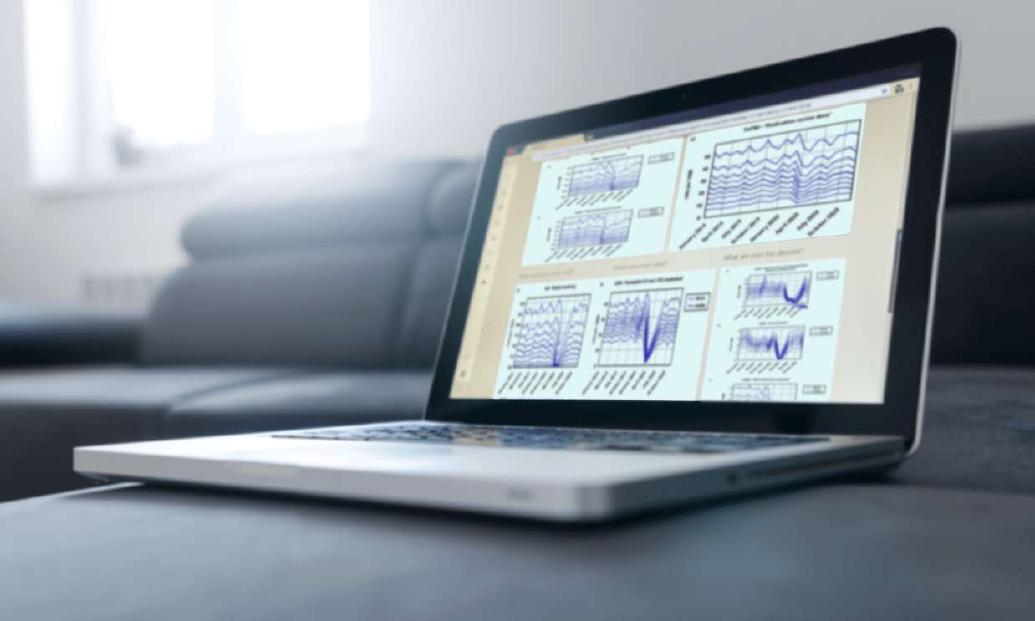NHS Service Restoration Observatory 2: changes in primary care clinical activity in England during the COVID-19 pandemic
- Authors:
-
Posted:
- Categories:

The latest paper from our NHS Service Restoration Observatory, examining changes in primary care activity over the pandemic was recently published in the British Journal of General Practice. It covers cardiovascular disease, diabetes, mental health, female and reproductive health, screening, and processes related to medication.
What is the NHS Service Restoration Observatory?
The OpenSAFELY NHS Service Restoration Observatory aims to describe disruption in primary care during COVID-19, informing the response and prioritising areas for recovery. We do this by monitoring the volume of coded activity and clinical outcomes for any aspect of GP service.
How did we do this study?
This paper follows our earlier study which looked at trends in pathology and respiratory clinical codes. Here we use the same methods, expanded to 6 further topics: cardiovascular disease, diabetes, mental health, female and reproductive health, screening, and processes related to medication.
Briefly, we used a data-driven approach to identify the most commonly used clinical codes in primary care, categorised into the topics above, in 24M patients in England registered with practices using TPP (SystmOne) software (~40% of practices). We explored how frequently they were recorded over the pandemic each month per practice.
We consulted with a clinical advisory group comprising GPs, pharmacists, pathologists, other relevant specialists, and national clinical advisors. For each topic, the advisory group reviewed and discussed the data-driven analysis, to prioritise clinical issues, inform interpretation, and to select key measures reflective of primary care workload.
What did we find?
Our results by topic are briefly summarised next, with example charts showing deciles across practices:
-
Cardiovascular: Most CVD activity experienced a substantial decline during the initial stages of the pandemic, with some recovery by December 2020. Some activities increased after the first lockdown period, e.g. home blood pressure recording and the new structured medication reviews.

-
Diabetes: Diabetic monitoring activities and HbA1c testing both experienced a large drop with good recovery. Some other diabetes-related activities recovered less well, but may have transferred to specialist services in some areas.

-
Mental Health: Most MH activity experienced a moderate decline during the initial stages of the pandemic, with incomplete recovery by December 2020; this may be explained by some patients not seeking help via primary care and choosing other services or online resources, or not seeking help at all.

-
Most female/reproductive health activity experienced a moderate decline, with good recovery to near-normal levels or a return to their existing trend.

-
Screening and related procedures: most experienced a substantial decline, with recovery to slightly above normal levels by December 2020; however NHS health checks were not fully reinstated.

-
Processes related to medication: Medication reviews experienced a small dip and gradual recovery, and the new structured medication review codes began to be used as this service was adopted.

Overall, there was a good level of recovery of usual activities in primary care through 2020 despite the ongoing pandemic and preparation for the vaccine rollout. Some activities may have been affected by patient choice and transfer to services outside of primary care. You can read the paper in full here: https://bjgp.org/content/early/2023/04/17/BJGP.2022.0301.
What next?
Following this work we have selected a subset of “key measures”, currently described in preprint https://www.medrxiv.org/content/10.1101/2022.10.17.22281058v2, and updated regularly for anyone to monitor important trends in primary care activity on reports.opensafely.org.
You can read more about our current range of NHS service analytics work in our recent blog NHS Service Analytics

